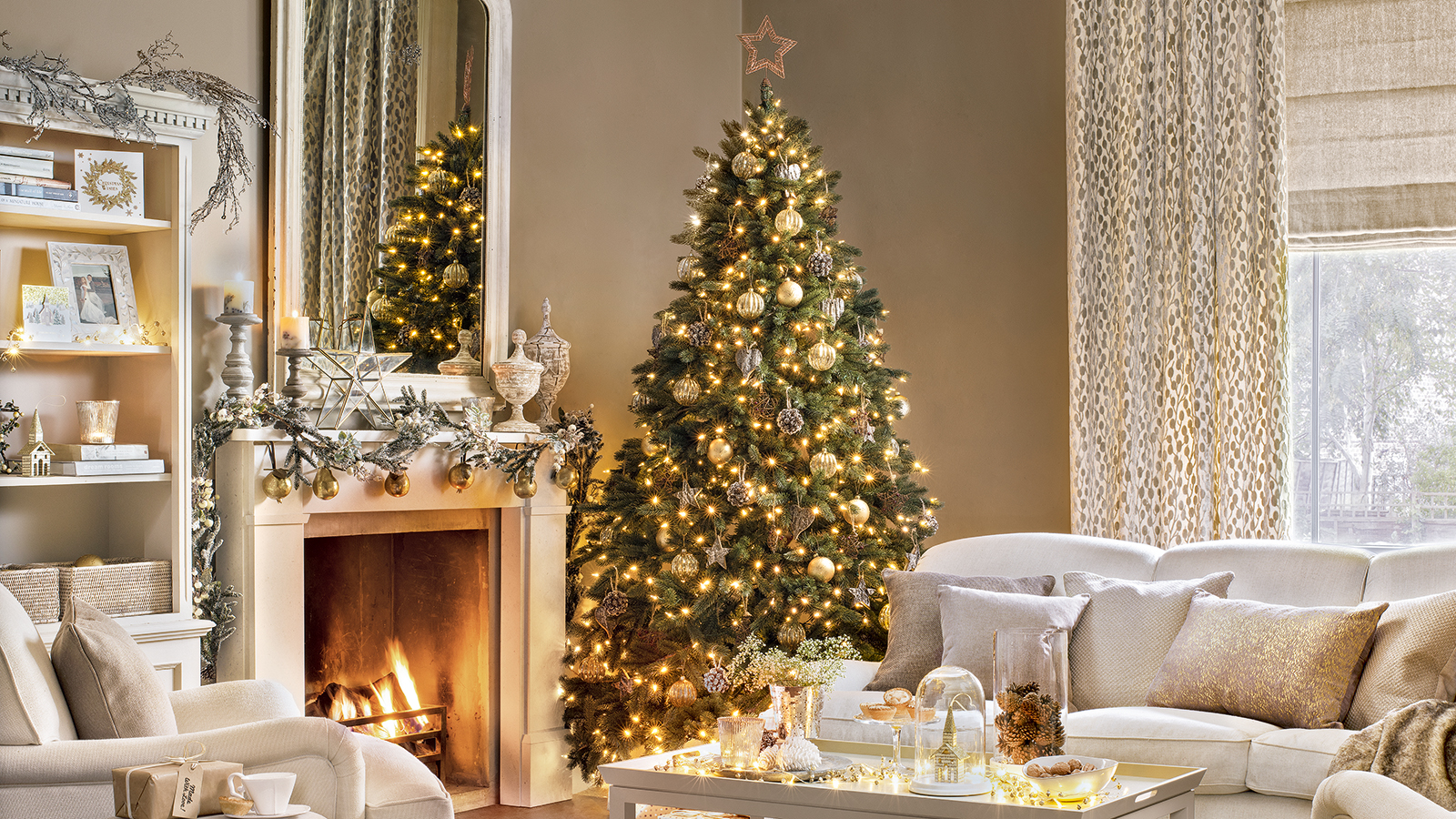
Bringing a real tree into your home is a wonderful holiday tradition for so many of us. The anticipation of that heady pine scent filling the house is one I look forward to as soon as the season begins. So, if you're heading out to choose a tree in the coming days, it may benefit you to understand the many different types of Christmas tree available.
Not all are created equal. Most commercial varieties have been selected and bred for their qualities as festive showpieces. But depending on what you like most in a tree, be it shape, scent, needle retention or texture, they will be a variety that is right for your home.
Cut Christmas trees are a popular option of real tree for many people during the holidays, but don't forget there are also pot-grown varieties which can be planted out in the backyard in the new year.
Here are a collection of the most common varieties available, so you can decide which is worthy of your decorations.
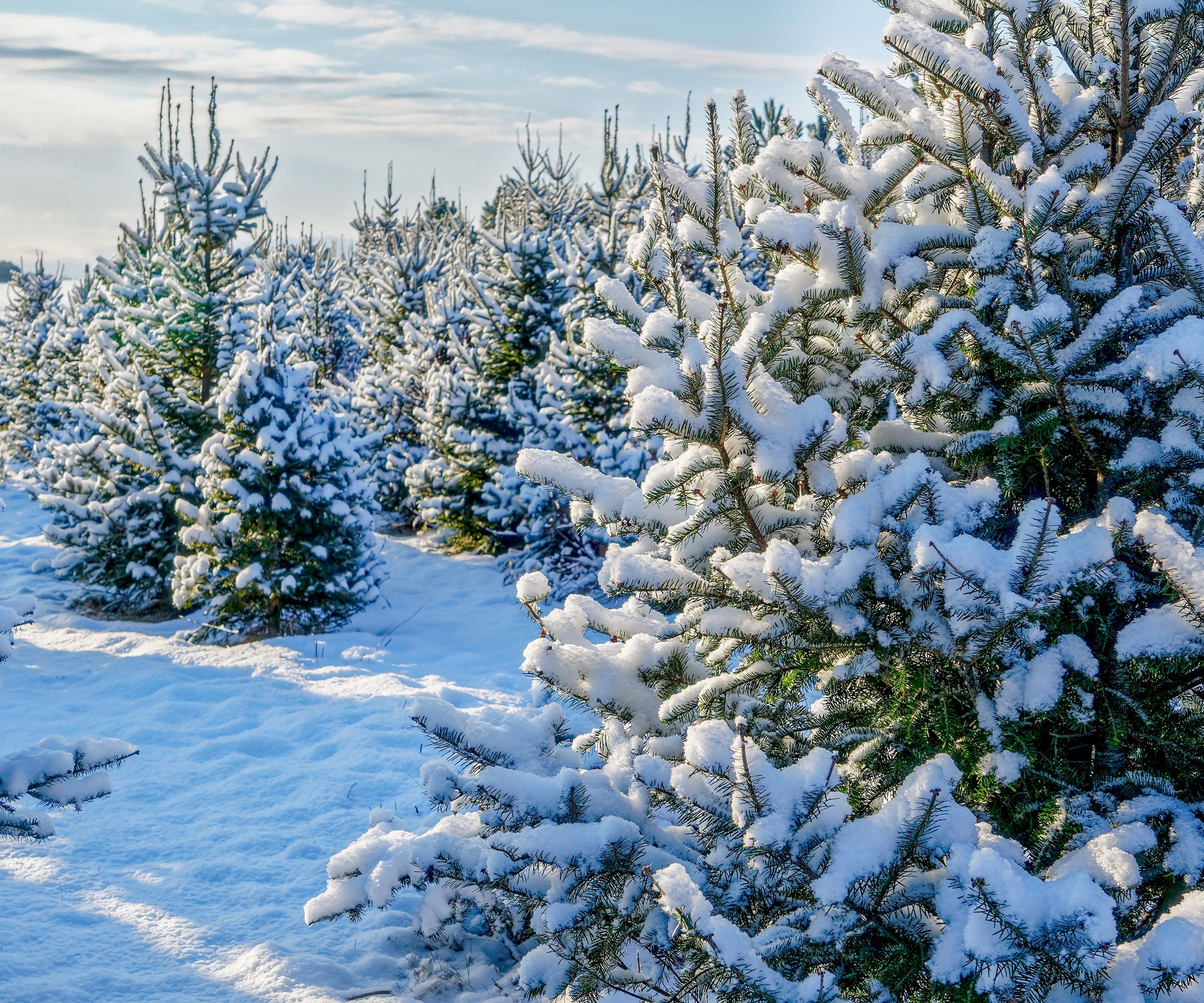
12 of the best Christmas tree varieties explained
Good needle retention is something we all want, but you'll find that some varieties hold onto their needles for longer than others, despite how much you care for a Christmas tree.
Consider the length and sharpness of the needles – if they are too prickly they may not be ideal for young children, but on the other hand they are great for deterring pets.
If you're hoping to keep a Christmas tree alive and replant your pot grown tree outside after the holidays, it is important to check whether the variety you purchase is right for the conditions in your garden.
1. Black Hills Spruce
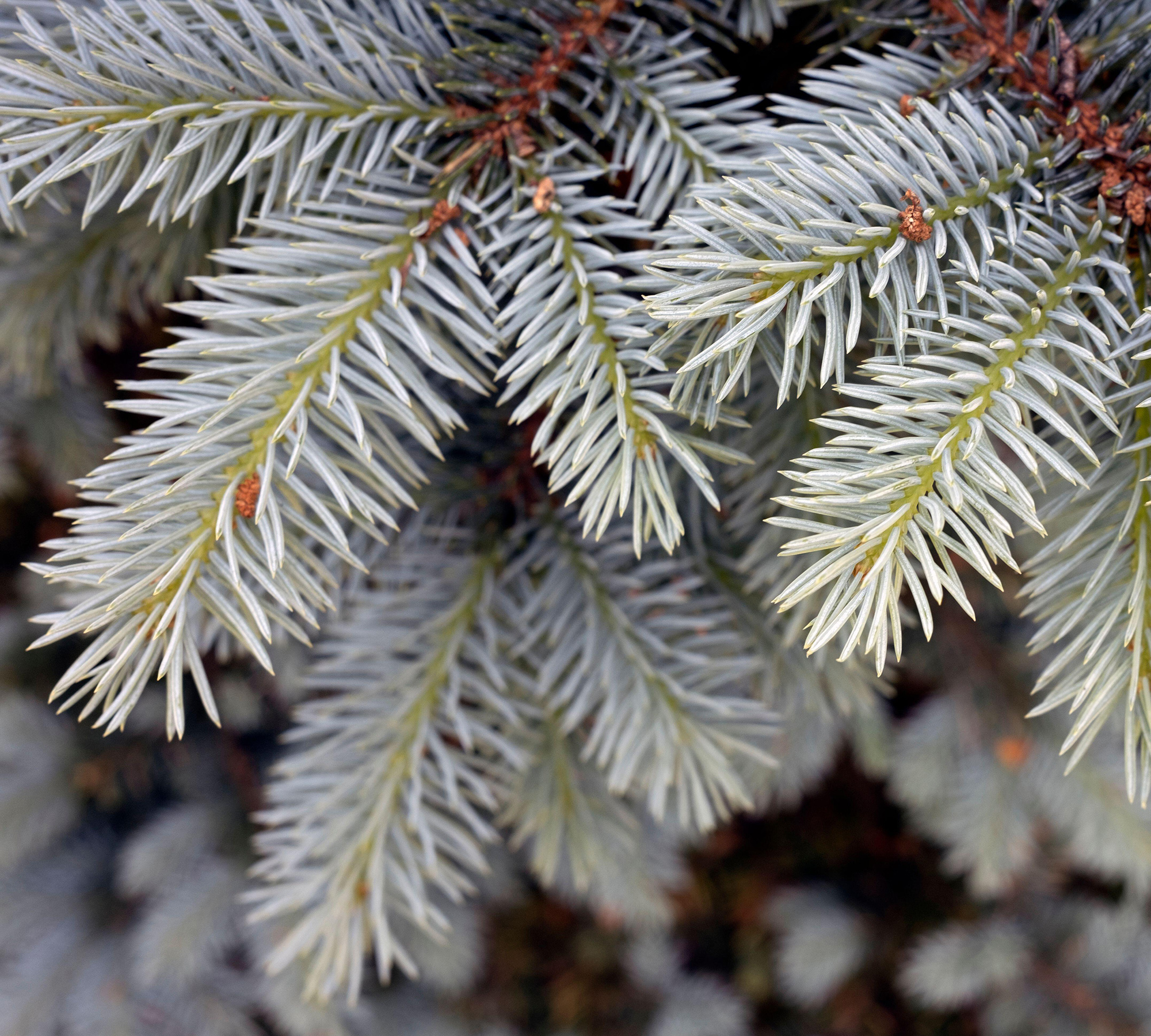
This is a denser, more compact cultivar of the White Spruce (Picea glauca). It's native to the Black Hills of South Dakota where it gets its name. It has a lovely rich green color and a classic symmetrical shape which is plenty dense enough to give you full needle coverage.
It's great for small spaces as its pines are short and soft, so less danger of pricking yourself when you brush past. Its sturdy branches will hold up well to hanging lights and Christmas tree toppers.
If replanting a pot-grown variety in the garden after the festive period has ended, then position it in full sun or partial shade in acidic, well drained soil. It's ideal for colder regions as it is well adapted to cold weather, and can be planted in USDA zones 2-6.
2. Colorado Blue Spruce
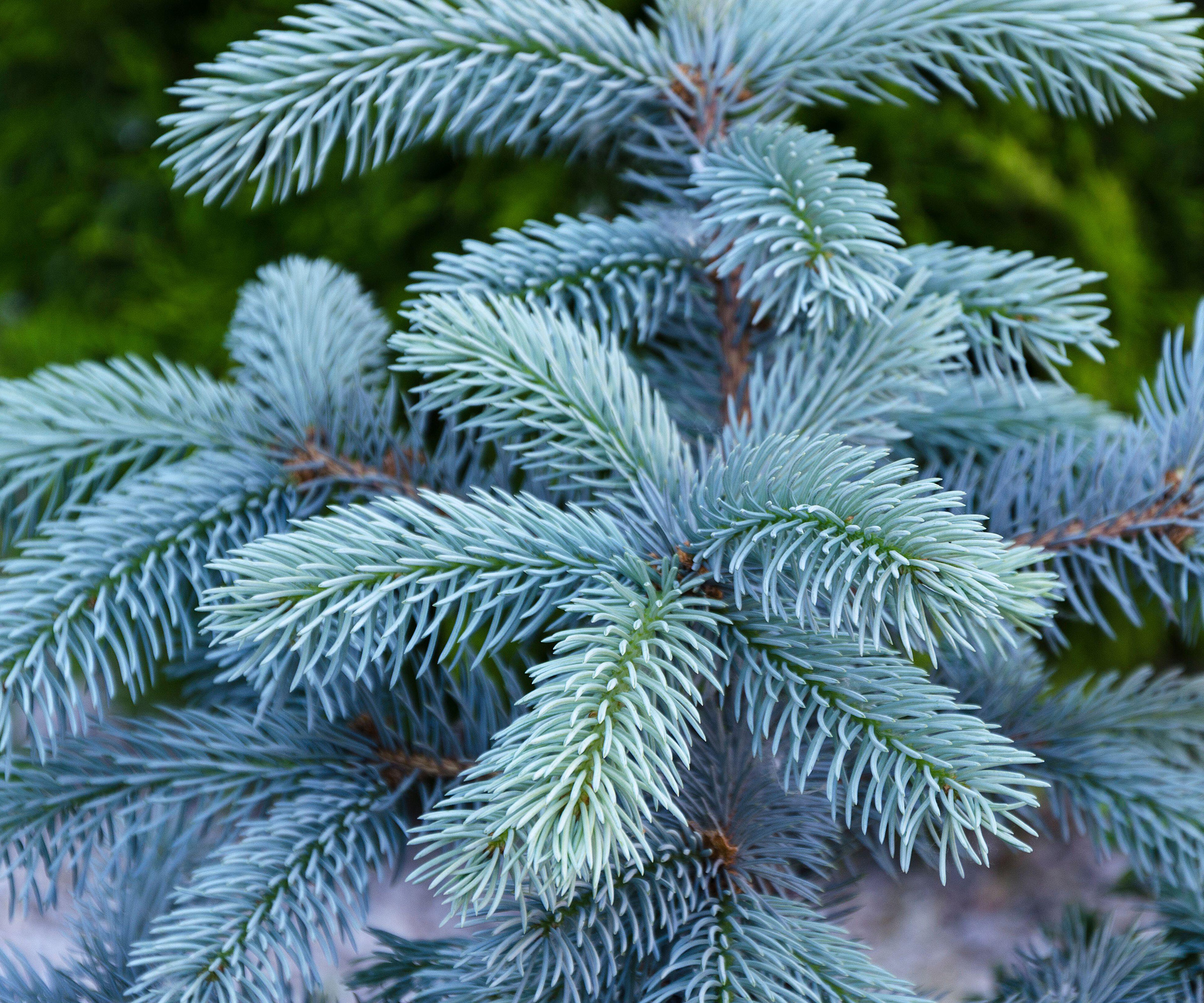
These needles range from a dark blueish-gray to soft silvery-blue. The downside is it's perhaps more prickly than other tree varieties so you might want to wear gloves when you're decorating it. Though it may not be the most child friendly, you might actually like the prickly nature for deterring pets from disrupting your displays.
A big bonus of this variety is that it holds its needles better than the Norway spruce. So you'll find yourself with a longer lasting, impressive display of Christmas decor. It also has a lovely aroma and a distinctive pyramid shape which is highly desirable for a classic display.
If buying it as an evergreen tree in a pot to replant in the new year it will tolerate most soil types but prefers full sun. It is a great wind resistor and will grow in USDA zones 2-7.
3. Douglas Fir
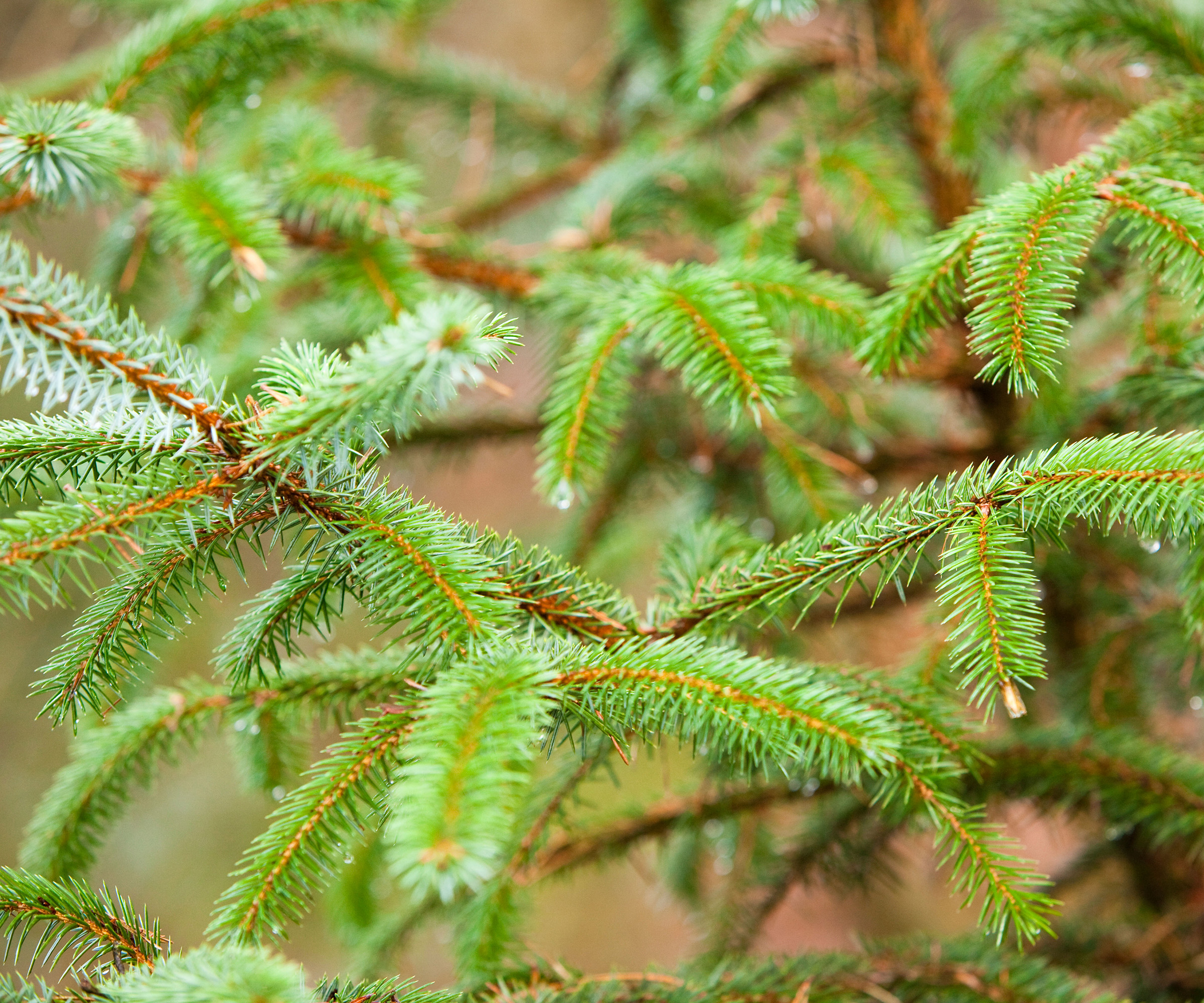
This is one of the most popular types of Christmas tree in the US. This tree has a lovely lemony scent and soft, dark green or blue-green needles. In parts of the US and Canada, the Douglas fir can reach dizzying heights of 300ft, but in stores and online you can buy them as small as 4ft.
The reason for its popularity is the outstanding density of its needles, giving it a satisfyingly full shape. They're relatively soft too. The downside is that due to the high volume of needles per tree you can expect the amount dropping pines to be reflective of this.
Due to its Rocky Mountains native habitat, you can expect pot grown varieties (like this sprinter pot of Douglas Fir from Nature Hills) to thrive in well drained soil with plenty of room to grow, if planting outdoors. It grows at a decent rate so you can expect height increases of around 2ft per year in favorable conditions. Not suitable for areas outside USDA zones 4-6.
4. Eastern White Pine
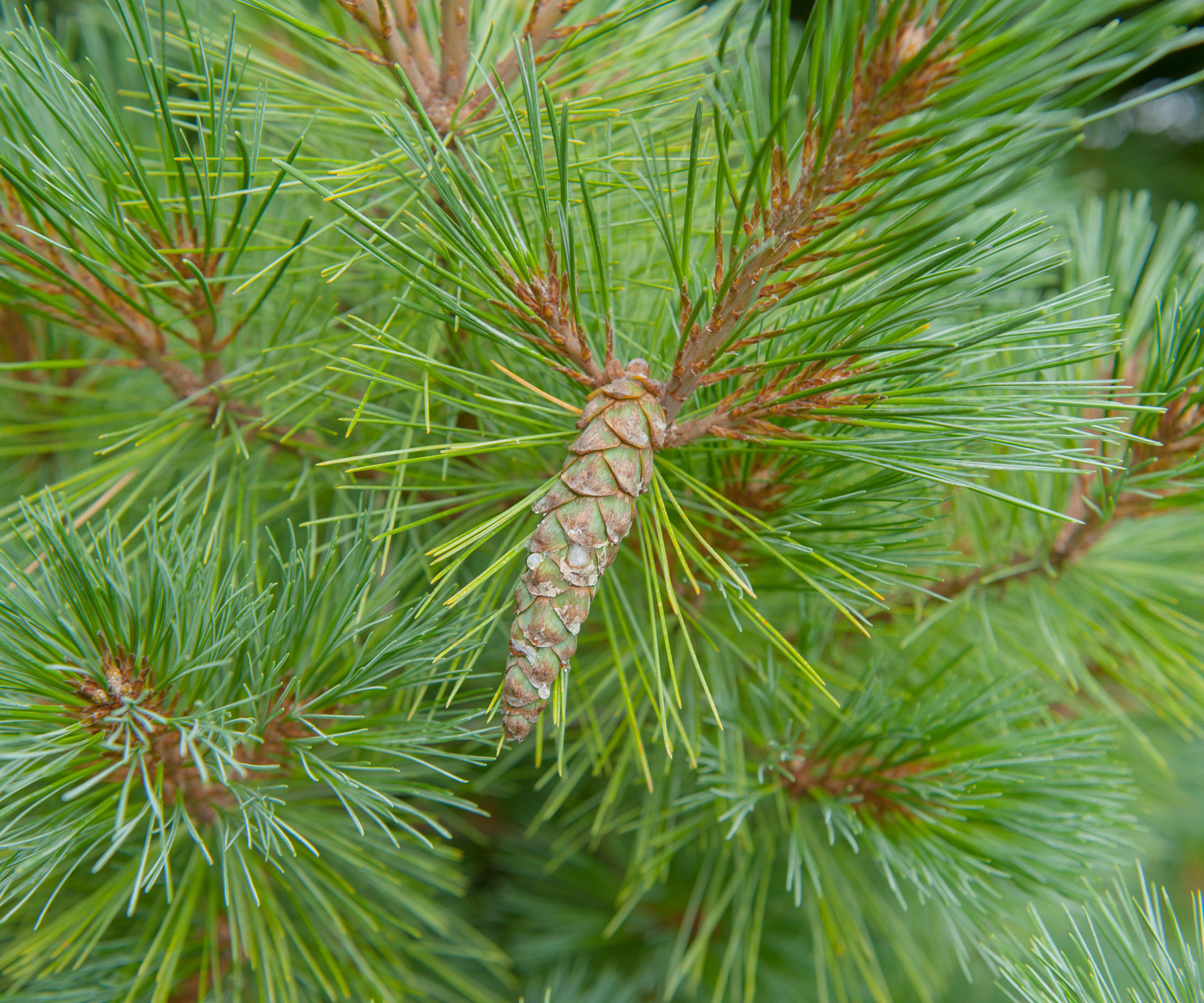
What's most noteworthy about this species are its needles, which are longer and more slender than the Fraser fir, and softer and more flexible than the Colorado blue spruce. And they're certainly different enough from the other more common variety the Douglas fir to be a talking point.
The gentle and unique branches of the White Pine will also make lovely foliage for DIY Christmas decor. So if your tree needs cutting down to shape then save these sprigs to make a wreath or a mantelpiece display of foliage Christmas decor.
This type will also be a savior for allergy sufferers as it has little to no scent. But for those of you who don't have that problem and crave that natural aroma then this may not be the best type for you.
It's tolerant of lots of soil conditions in USDA zones 3 - 8. It's a fast grower however so be aware if you have a small garden, as you may see growth of over 2 feet a year.
5. Fraser Fir
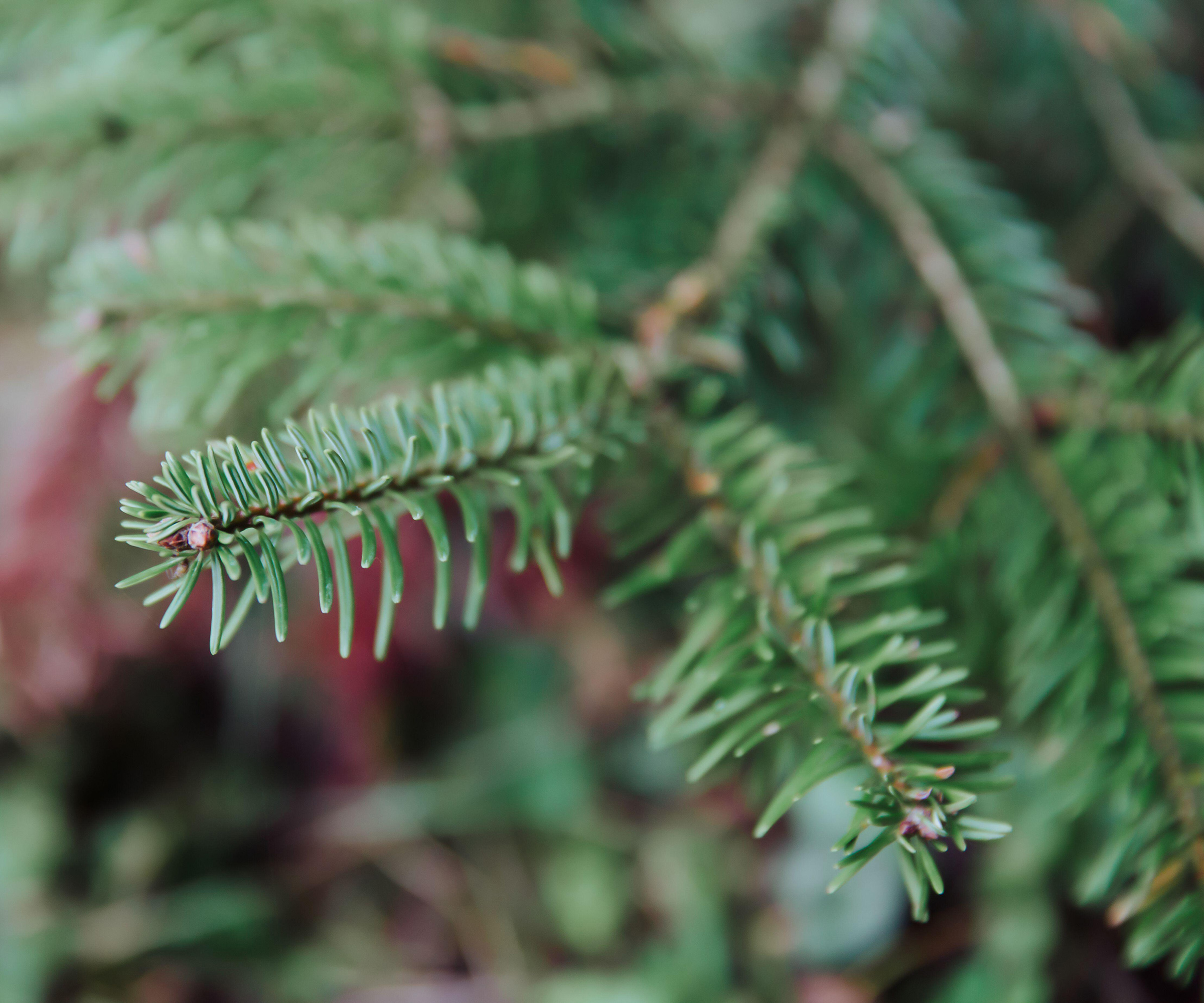
'The tree’s shape is lean, rather than bulky, the needles are dense and the scent is rich and warm,' says gardening expert Ruth Hayes.
If you're looking for types of Christmas tree with an interesting color, then the Fraser Fir has a gorgeous blue tint to the green. The pine scent, which can almost be described as citrusy, certainly will fill a room.
This is a slightly narrower variety than the Norway spruce and Nordmann fir and so it’s great for a smaller space. But it still holds its own when it comes to foliage as it's nicely dense and forms an attractive conical shape.
The branches are strong and more than capable of holding plenty. And last but by no means least, it tends to have excellent needle retention.
In the garden it will like a sunny spot in well drained soil (it dislikes clay). It will survive in USDA zones 4-7 (at a push). Try this cut variety of Fraser Fir from Walmart.
6. Nordmann Fir
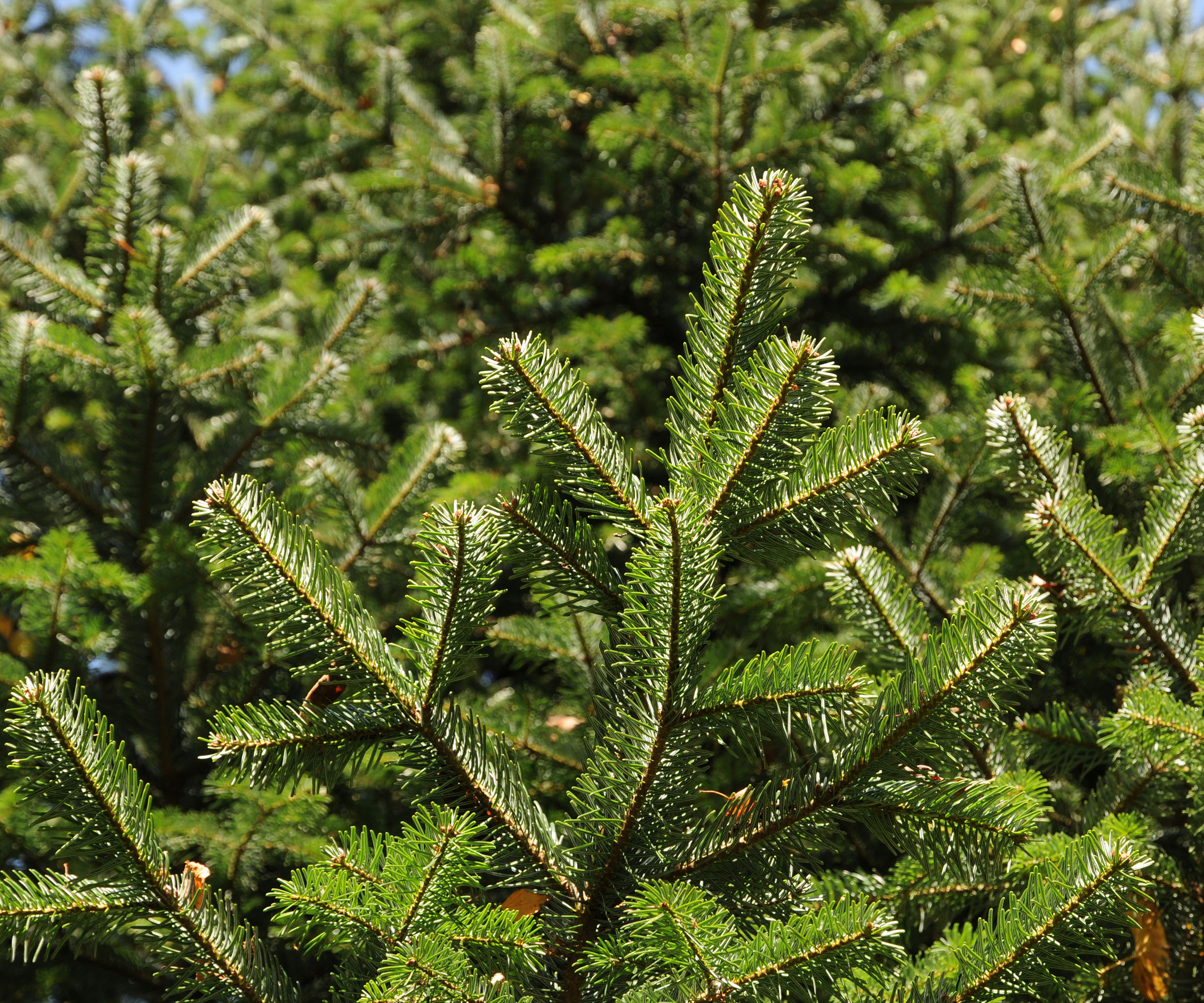
'A popular variety, its dense, lush needles are slow to drop,' says Ruth Hayes. 'Not particularly scented. This is one of the most popular types of Christmas tree in the UK and across Europe.'
Its dark green glossy foliage is beautiful in its own right so you can get away with fewer decorations, making it ideal for homes with a minimalist style.
For a potted Nordmann fir to survive in the backyard (USDA zones 4-6) it will need to be planted in the correct soil type. It must be moist and well draining as it won't like clay or dry conditions. Leave plenty of space around it for it to grow.
7. Noble Fir
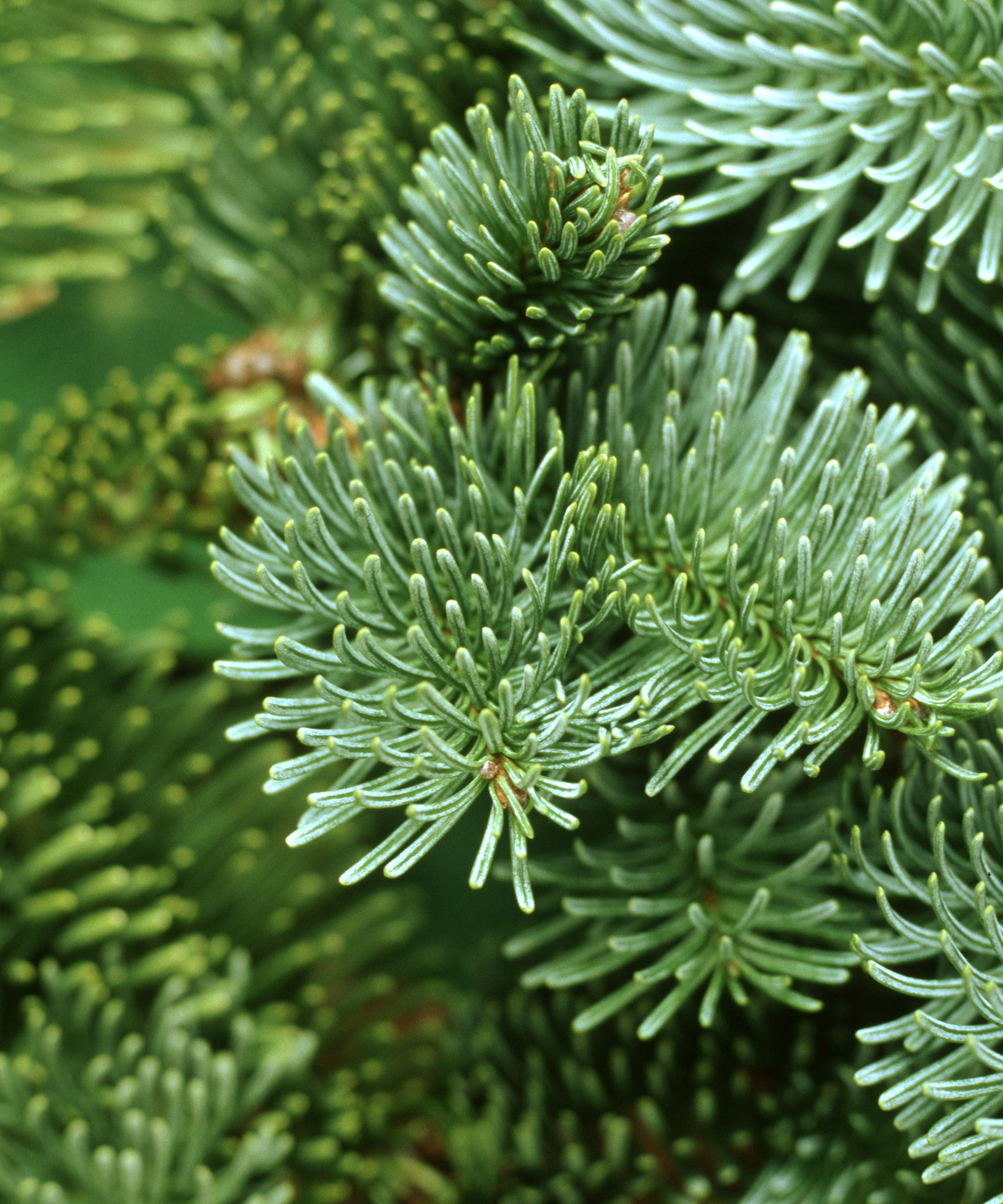
The Noble fir is the largest native fir tree in the US. And it makes for a very reliable Christmas display. It has sturdy branches which will take heavier hanging decorations.
It is a pleasant blue-gray color with hints of subtle silver. Shape-wise you're looking at a classic cone which you often see copied in artificial tree varieties.
Some retailers claim that you can expect no needle dropping from the Noble. A desirable feature indeed. Coupled with its sturdy branches and pleasant fragrance it's hard to find much fault with this type.
Also known as the White fir it will survive in USDA zones 5-6 if it gets around 4 hours of sunlight per day. If planted out in the soil it will grow at a medium rate of around 12 inches per year.
8. Norway Spruce
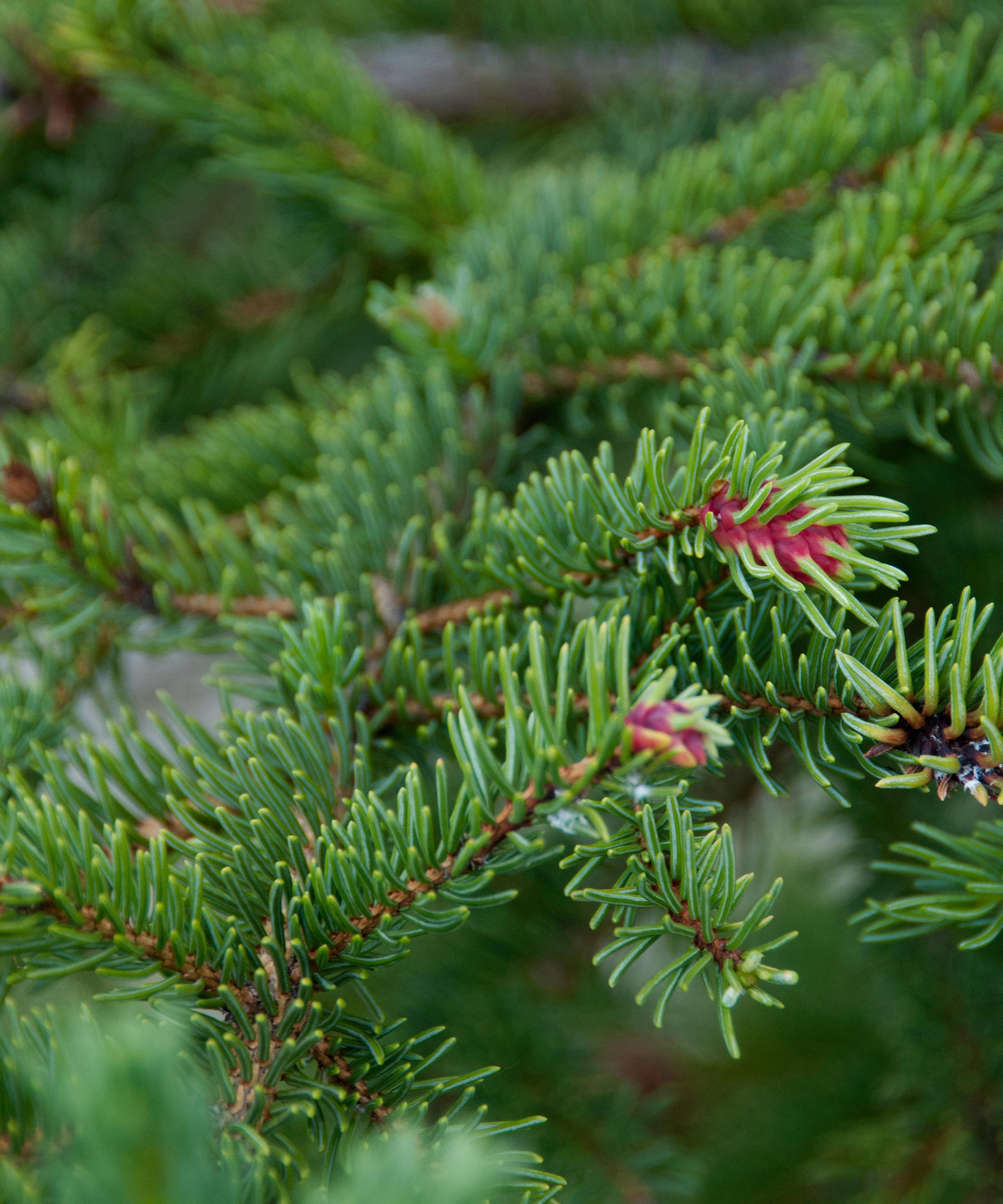
'A traditional tree with slim branches and scented needles,' says Ruth. This can be regarded as the quintessential Christmas tree, with a shape that’s instantly recognisable.
Its rich scent is a big plus but, on the downside, its needles are prone to dropping, which may be a factor to consider when buying this tree. It has plenty of needles so no need to worry about needing to make the Christmas tree look fuller, but it may mean more regular sweeping up than with other types.
If considering planting this tree outside then bear in mind that it will grow about 1-2 feet a year until it reaches 30-40 feet. It likes plenty of sun throughout the day. It will tolerate most soil types, even clay. Suitable for USDA zones 3-7.
9. Scots Pine (Scotch Pine)
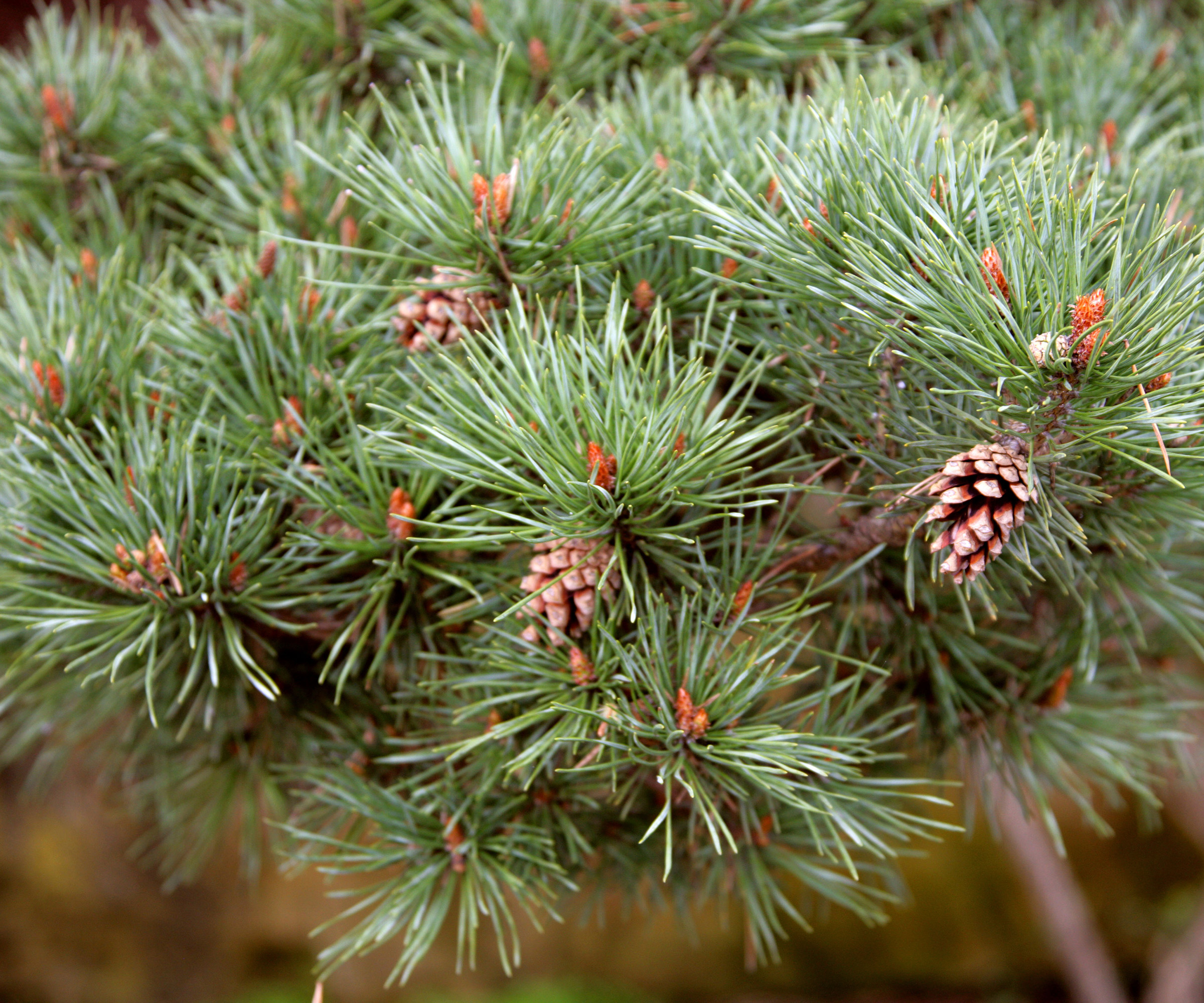
Beautifully scented with excellent needle retention makes the Scots pine a smart choice for a Christmas tree. There's little to worry about as even when the pines become dry due to lack of watering, they tend to stay in place and not drop.
The short needles are bright green, long-lasting and have a lovely aroma.
It has an excellent survival rate when replanted in the garden. Therefore it will work as a beautiful evergreen in USDA zones 3-7. It is a drought-tolerant tree that prefers full sun. Its pine seeds will be valuable food for local wildlife.
10. White Fir
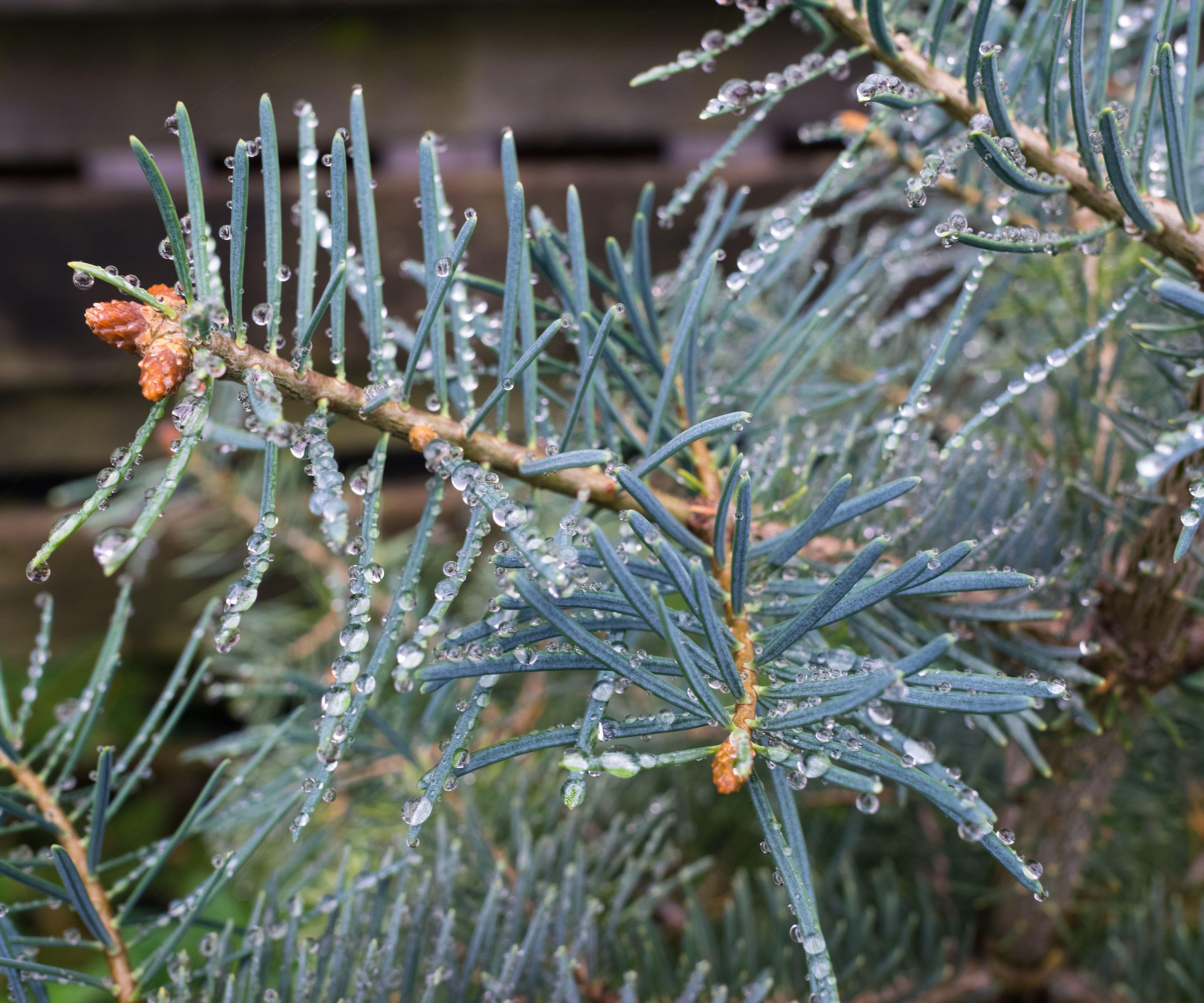
Rather than being fully white, the White fir foliage has a subtle silvery tint which feels lovely and festive. Its needles are fairly soft and will remain on the branches. It has a nice full, bushy shape and a pleasant citrusy scent.
Like the other types of Christmas tree, the White fir will give great year round structure to your garden design ideas. So if you live in USDA zones 4-6 the this variety should survive, given the right planting conditions. It likes full sun to partial shade and a moist, well drained soil type.
11. Balsam Fir
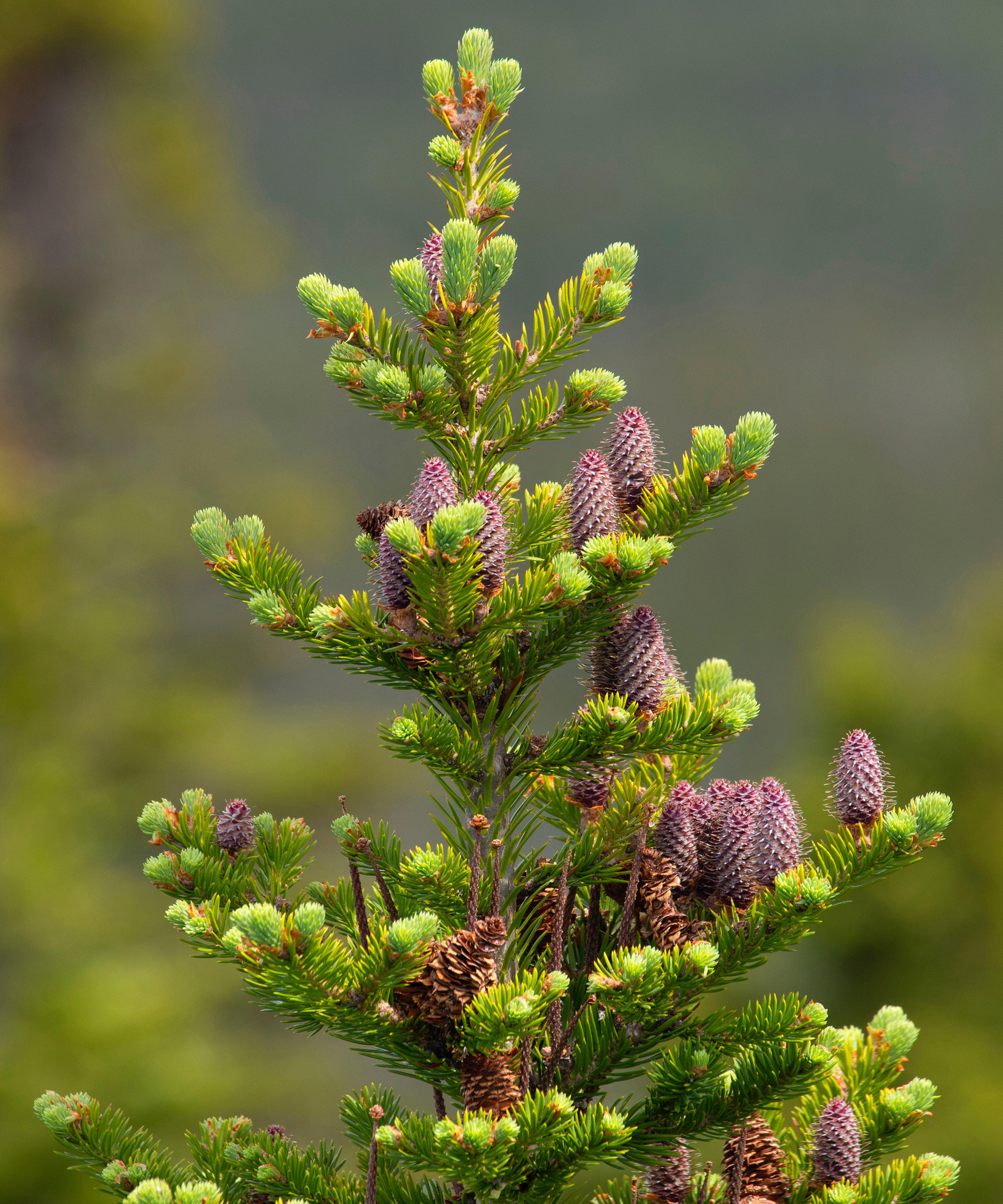
The short flat needles of the Balsam fir have rounded tips so decorating with the kids will be a fun activity rather than a painful one. Not to mention they will last for a nice amount of time giving you a festive display which will see you through the season.
For those that favor a traditional decorating aesthetic, this tree has dark green, rich foliage which will look super grand with the classic deep reds, and elegant gold decorations of the Holiday season.
The Balsam fir will survive best outdoors when planted in the colder climates that it's accustomed to. It will still need some sun however, around 4 hours of direct sunlight per day is ideal. Suitable for USDA zones 3-5.
12. Grand Fir
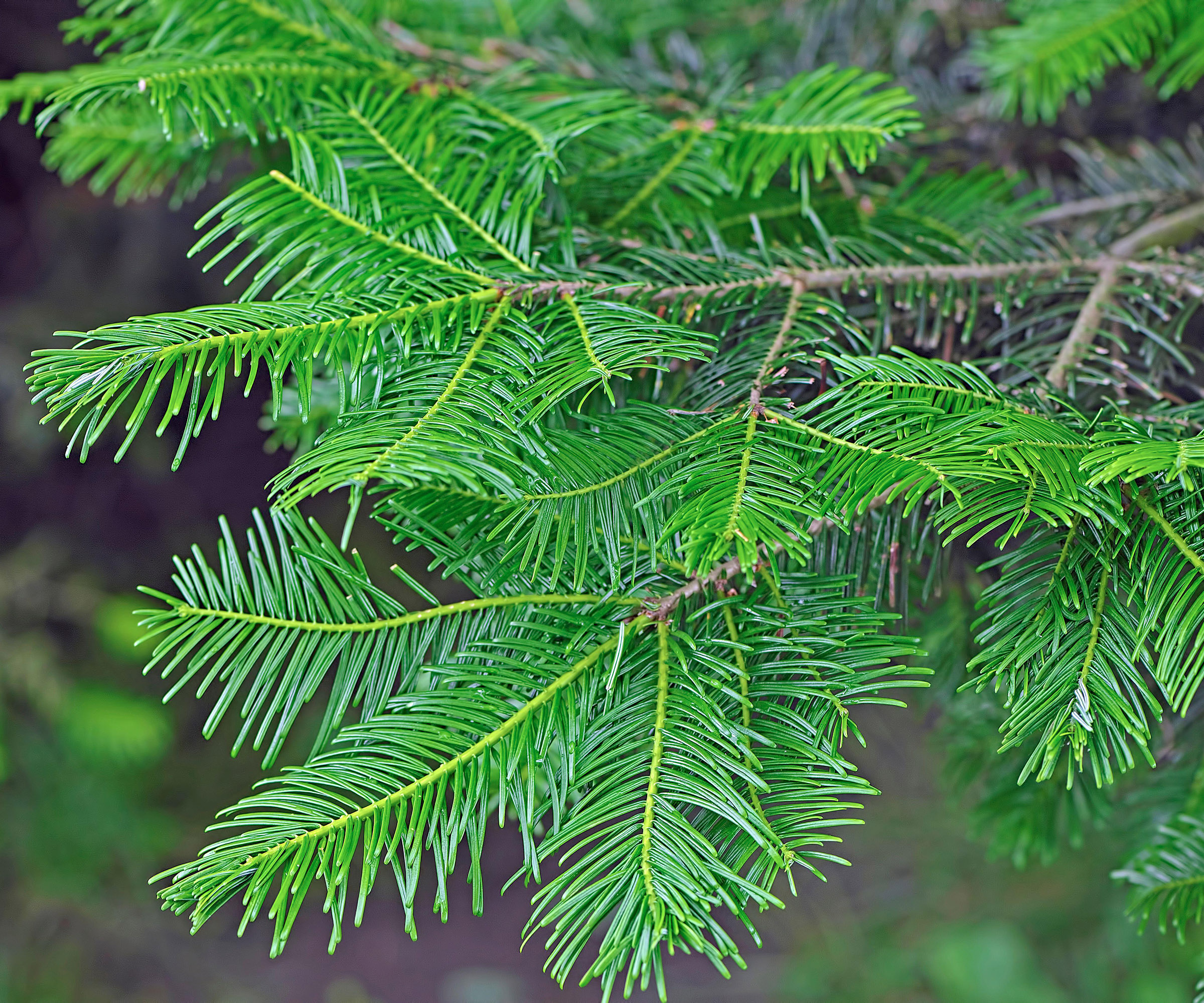
A zesty yellowish-green tree which will really zing indoors. The zesty color is echoed in its scent, which is one of pine with a hint of citrus that will fill up a room. The Grand fir needles are soft and dense giving the tree a full and friendly look.
When it comes to stiffness of branches, however, the Grand fir isn't the best. They'll handle lighter ornaments, but with anything heavier (metal for example) they may sag under the weight and make your display appear droopy.
Be sure you have plenty of space for this tree to grow if you're planting it out in the garden. Best in USDA zones 5-6.
FAQs
What type of Christmas tree is most popular?
What makes a real tree popular is undoubtedly its appearance, scent and needle retention. But depending on where you are in the world you might have a different answer to this question.
In the US, for example, the Douglas fir would probably be considered to be one of the most popular varieties. But the Noble fir, which is more recently becoming popular across the US, is a similar shape to the Douglas fir but with better needle retention. The Scotch/Scots pine is also very common and has long lived foliage too.
In the UK and the rest of Europe, the favorite variety tends to be the Nordmann fir as its dense, lush, soft needles are slow to drop, which is great for maintaining a sleek look throughout the season.
There is a vast array of different options of real tree available. Of course, part of your choice will come down to what's available to you locally. But once you've made your selection, you can relax and enjoy the process of decorating your tree and get inspired with Christmas tree topper ideas.







